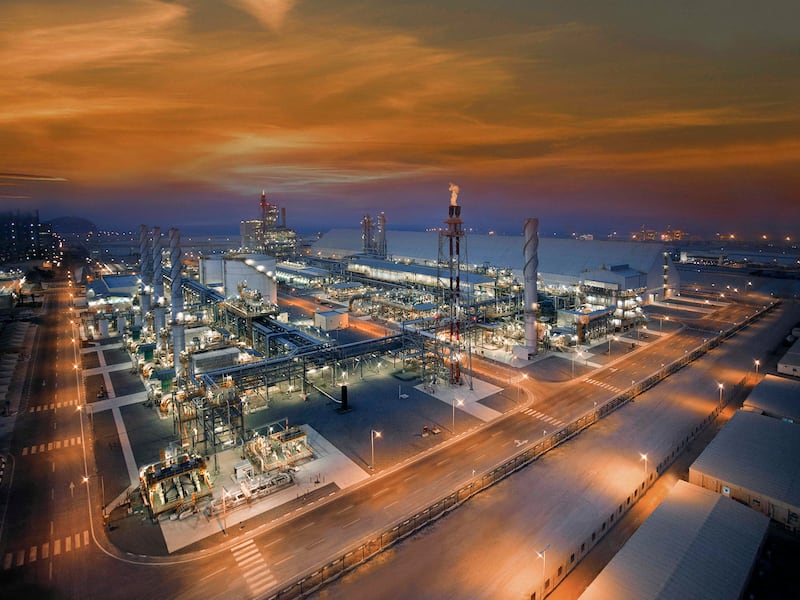Fertiglobe, the world’s largest seaborne exporter of urea and ammonia, said its first-quarter net profit surged more than threefold, driven by increased selling prices across the company's product line.
Net profit attributable to owners of the company for the three-month period to the end of March increased to about $467 million, from $134.5m in the same period a year earlier, the company said in a statement to the Abu Dhabi Securities Exchange, where its shares are traded.
Adjusted net profit for the first-quarter was $361m, compared with $84m in the same period last year.
First-quarter revenue increased more than twofold to $1.2 billion while adjusted earnings before interest, taxes, depreciation and amortisation nearly tripled to $625m.
The company expects a cash distribution of at least $700m for the first half of 2022 (payable in October 2022), compared with a previous guidance of at least $200m, “given continued favourable market dynamics, the current outlook on volumes and prices, healthy cash conversion and our robust capital structure,” said chief executive Ahmed El-Hoshy.
The exact dividend amount will be announced when second-quarter results are released this August.
Fertiglobe, a joint venture between Abu Dhabi National Oil Company (Adnoc) and Netherlands-listed OCI, raised about $795m in its initial public offering last year, amid strong demand from international, regional and local investors. The listing was the third largest on the ADX.
The company, which is also the Mena region’s largest producer of nitrogen fertilisers by production capacity, sold more than 1.145 billion shares representing 13.8 per cent of its share capital last year.
The company generated free cash flow of $521m in the first-quarter despite net working capital outflows of $79m during the three-month period due to higher inventories ahead of the application season in the second-quarter. It said it expects a typical reversal during the second-quarter based on executed and committed deliveries.
Mr El-Hoshy said the company expects even better performance in the second quarter as it benefits from strong in-season demand, the phasing of volumes from the first quarter into the second quarter and higher selling prices.
“The majority of volumes [are] already committed for the second quarter. This provides good forward visibility and sets us up for a strong third quarter and fourth quarter as healthy farm economics support higher selling prices,” he said.
The company is focused on running its assets efficiently and making use of global supply chains to address potential food security concerns, Mr El-Hoshy said.
Fertiglobe said its positive market outlook until at least 2024 is underpinned by favourable farm economics and low global grain stocks, exacerbated by weather-related reduced crop production and geopolitical events, giving strong support for prices.
The company said the global grain stock-to-use ratio was at one of its lowest points in the past 20 years due to numerous weather-related crop production issues in Latin America and the conflict in Ukraine.
This means that it will take at least until 2024 to replenish stocks and ease food security concerns, which supports higher crop prices.
It pointed to the price of corn futures hovering at above $6 a bushel to the end of 2024, which will incentivise farmers to increase acreage and maximise yields by using more nitrogen.
Nitrogen prices are expected to remain high in Europe and Asia while the costs of inputs required to produce nitrogen products will be elevated in the medium term, the company said.
Fertiglobe continues to make good progress in its efforts to capture value-accretive opportunities from emerging demand for clean ammonia, the company said.
The company has several initiatives to develop blue and green ammonia as a solution to decarbonise industries that make up about 90 per cent of current global greenhouse gas emissions, capitalising on growth opportunities from emerging demand for clean ammonia.







